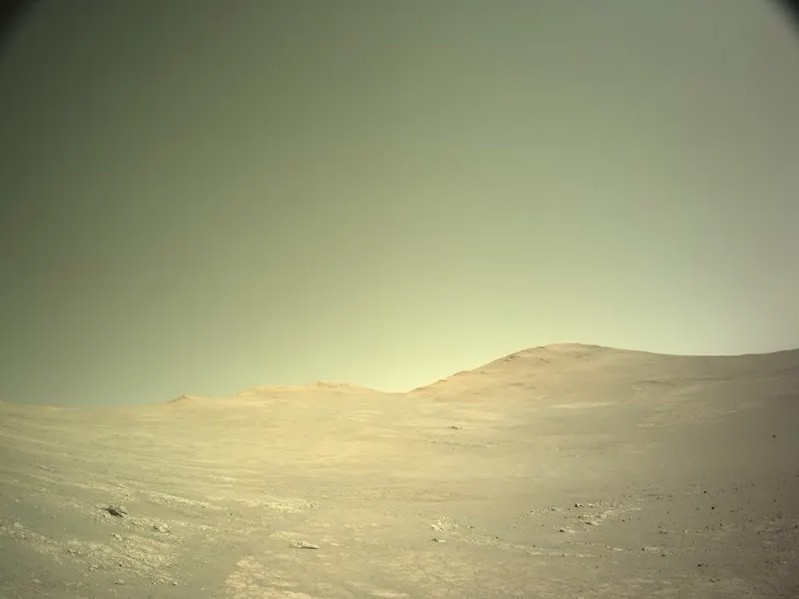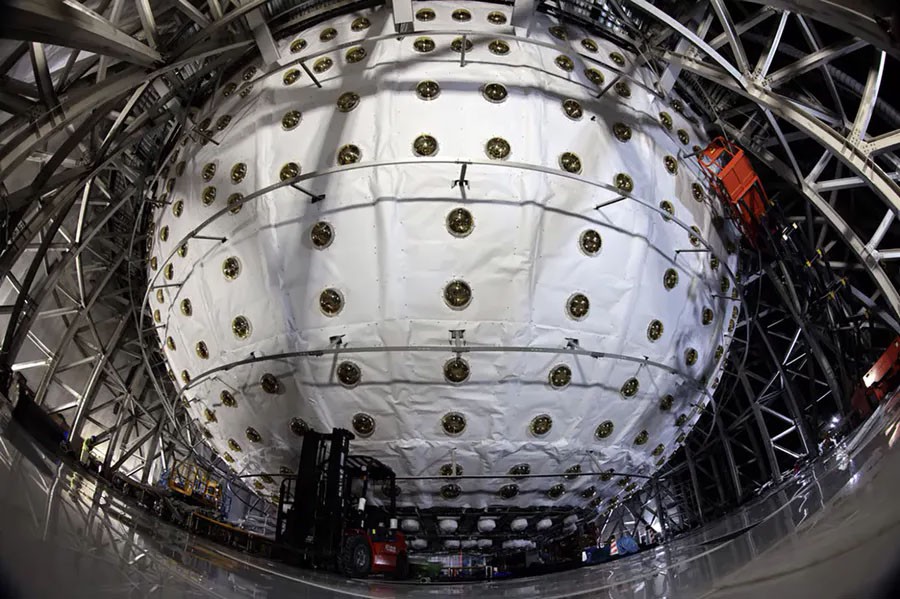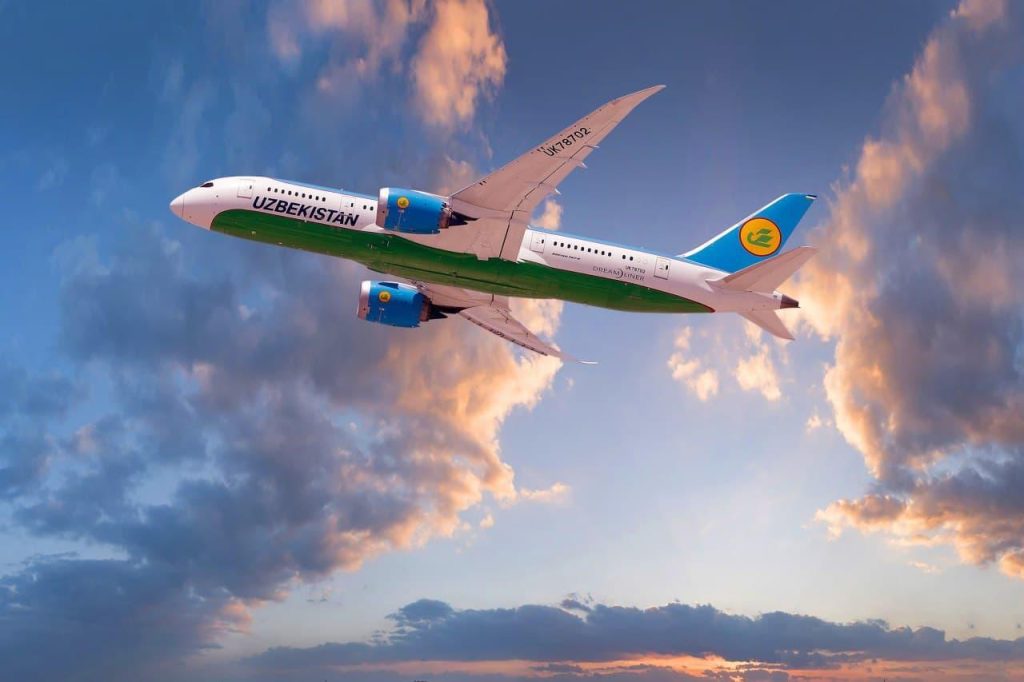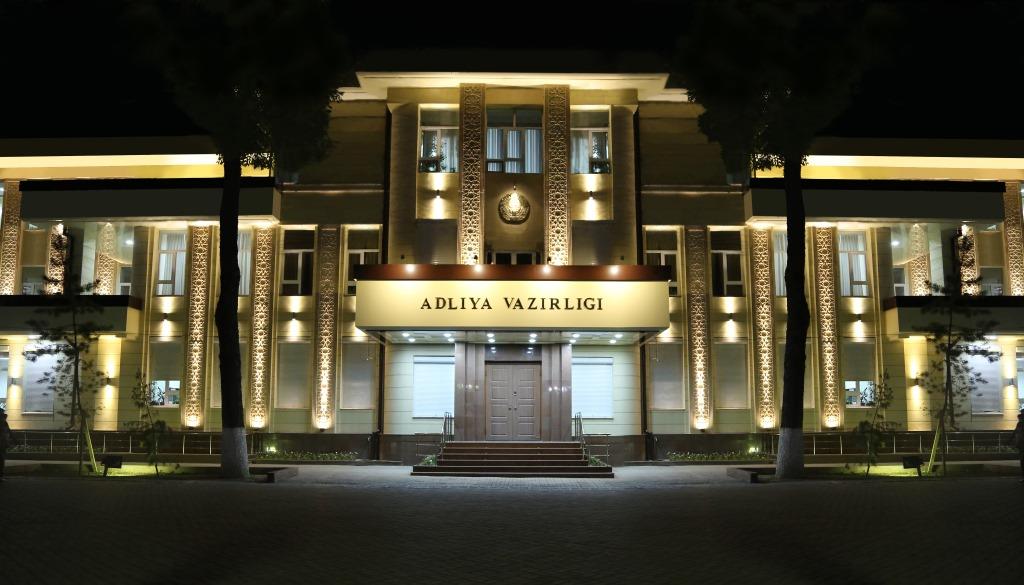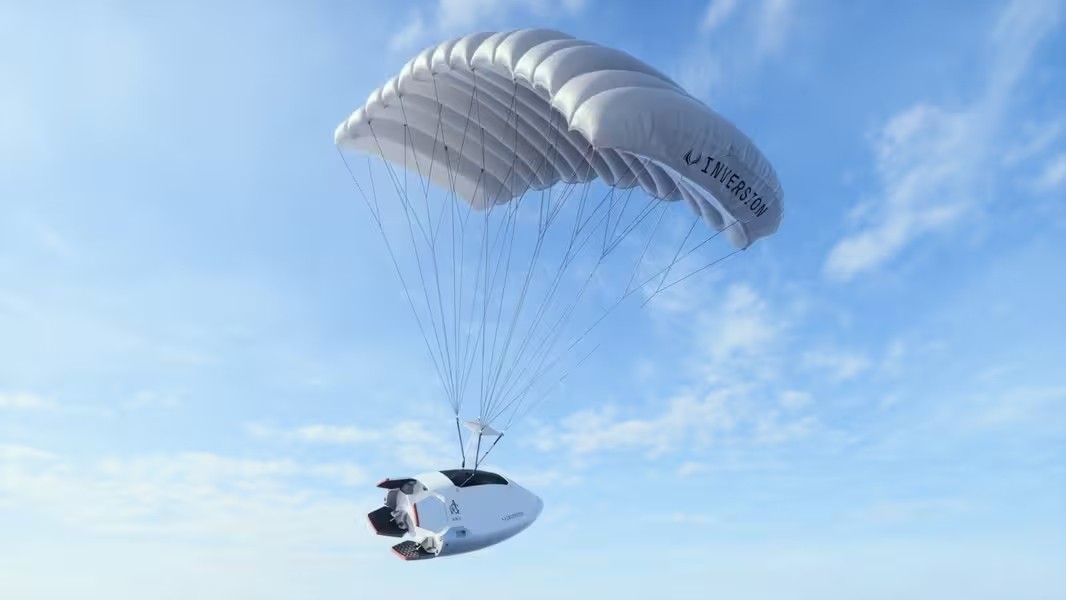In the UK, a group of researchers presented experimental results that showed the possibility of successful growth of tea bushes in conditions as close as possible to the soil of the Moon. The project is part of the international space agriculture program, which is directly related to food supply issues for future missions and potential settlements beyond Earth.
The tea seedlings were planted in substrates that mimic lunar and Martian soil, as well as in control soil from Devonshire. The experiment was conducted under conditions that simulate the temperature, humidity, and illumination of the space environment. For several weeks, scientists recorded the growth dynamics and physiological characteristics of plants.
The data obtained were significant: plants in the" lunar " substrate developed on a par with the control group, while the Martian soil was unsuitable for full growth. Scientists note that the possibility of growing terrestrial crops in artificial greenhouses on the Moon opens up new horizons for providing mission crews with fresh food.
At the same time, researchers emphasize the earthly significance of the work. Studying the survival of plants in depleted or poor soils helps in finding solutions to improve food security and adapt agriculture to climate challenges. The results have already found practical application in agribusiness: the developed methods have increased the efficiency of tea cultivation and can provide new incentives for the tea industry.
The results of the experiment will be presented at the European Workshop on Space Agriculture in Bratislava, where the prospects for the development of agricultural technologies in the conditions of extraterrestrial missions will be discussed.



